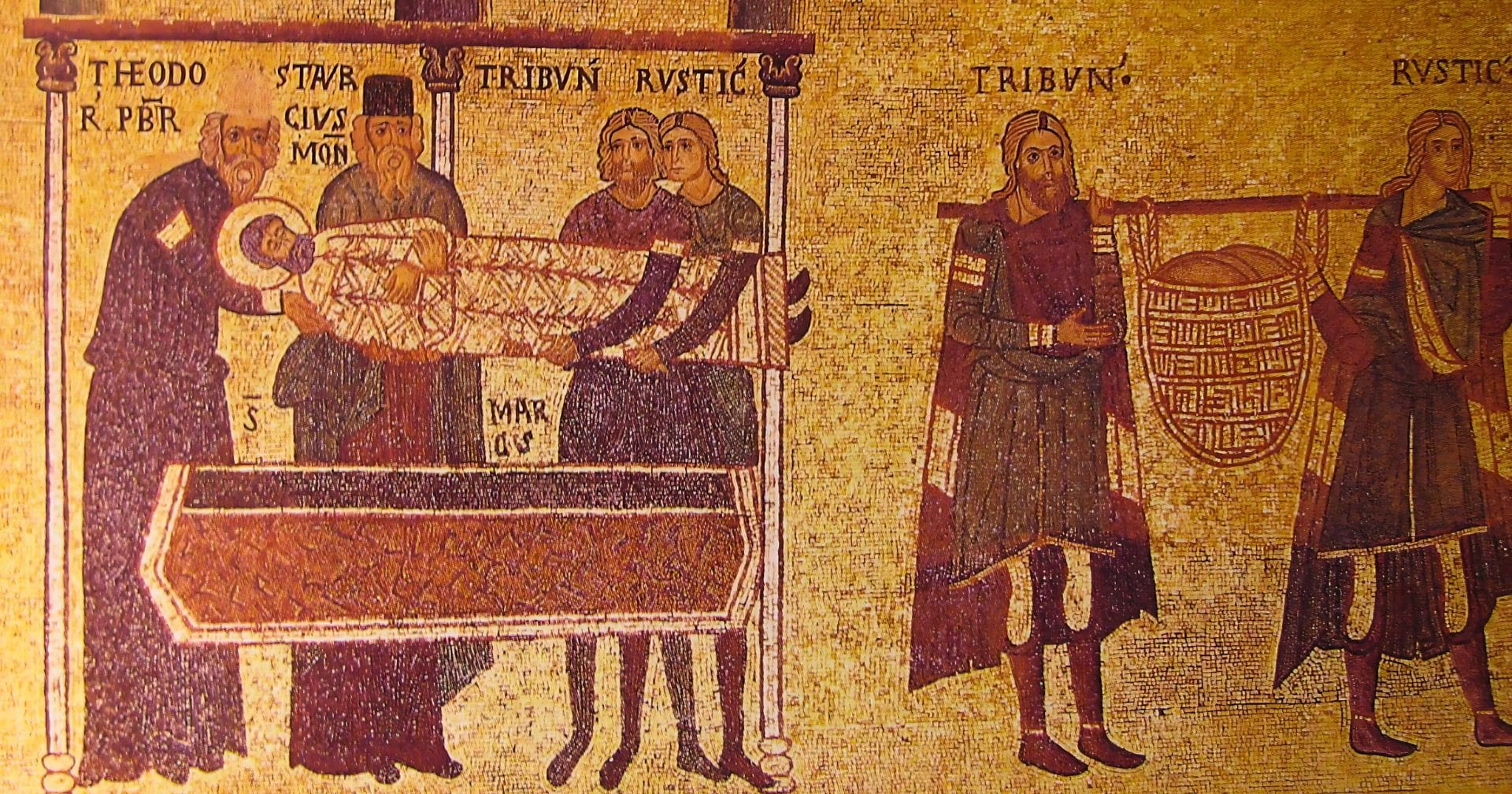Can you believe monks once plotted heists worthy of modern action films? But their target wasn’t gold or jewels—it was saintly relics! This medieval phenomenon is known as furta sacra, or “holy theft.”
Relics—typically bones, clothing, or personal items associated with saints—held immense spiritual significance throughout medieval Christianity as they do today.
They were considered powerful channels of divine grace, capable of performing miracles, healing the sick and protecting entire communities. As their reputation grew, relics became highly sought-after spiritual treasures, creating fierce competition among churches and monasteries to possess them.
This reverence also sparked conflicts and disputes. Sometimes, communities claimed relics due to historical connections, divine revelation or even territorial rights. These disputes often led to monks and clerics resorting to clandestine operations to “rescue” relics from locations where they felt these holy objects were neglected, disrespected or endangered.
Far from scandalous, monks viewed these acts as divinely inspired rescue missions, liberating relics from undeserving possessors. The tales were wildly popular, even creating a unique literary genre called translation stories—imagine “Ocean’s Eleven,” but sanctified!
Take Saint Mark’s bones. In 829, Venetian merchants Buono and Rustico, ignoring a trade ban with Muslims, journeyed to Alexandria. Horrified to learn Saint Mark’s body lay vulnerable amid persecution, they joined monks Stauracius and Theodorus to stealthily swap Mark’s relics for another saint’s. When port officials nearly caught them (noticing the missing “holy odor“), the clever merchants concealed the saintly remains in pork barrels—unthinkable to the inspectors!
Why risk it all? Relics were powerful. They healed the sick, calmed storms, protected cities, and attracted pilgrims to monasteries. Yet, how could monks justify the theft? Simple: pious medieval belief held relics couldn’t be stolen without divine consent. Ergo, successful furta sacra indicated clear heavenly approval from the saint whose relics were stolen.
Far from petty crime, these “holy thefts” reveal an extraordinary blend of faith, daring and medieval wit, reminding us that God’s ways—and His monks—are often boldly mysterious!
Photo credit: Public Domain via Wikimedia Commons



















